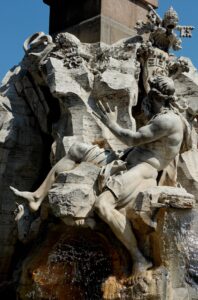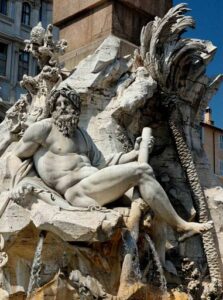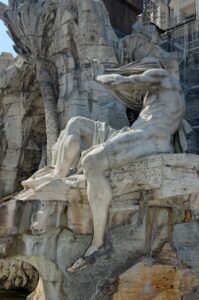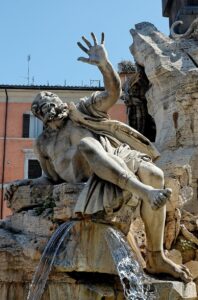Piazza Navona is one of the most famous and romantic places in the center of Rome, a spectacular attraction of the Roman Baroque.
Story of Piazza Navona
The square is located in the place where there was the Stadium of Domitianus, built in the 1st century A.D.. In fact, the square has the same perimeter of the ancient stadium. It was built for athletics and horse racing. Today its remains can still be seen: they are located 5-6 meters below today’s street level. In addition, you can visit them under a modern building in Piazza di Tor Sanguigna.
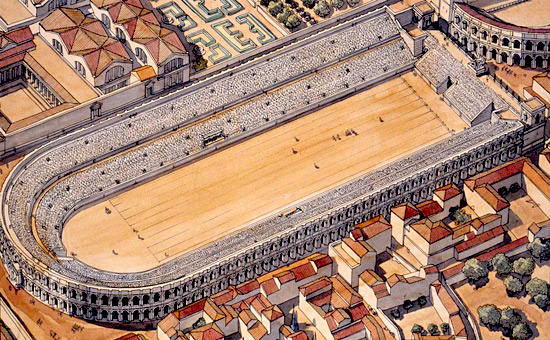
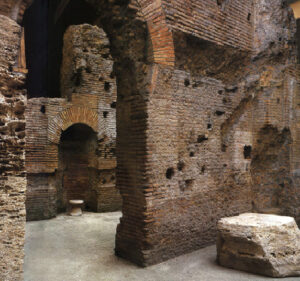
Piazza Navona has been the scene of popular festivals, races and jousting over the centuries. For example, from the seventeenth to the mid-nineteenth century, on Saturdays and Sundays in August was partially filled up with water to refresh and entertain the Romans.
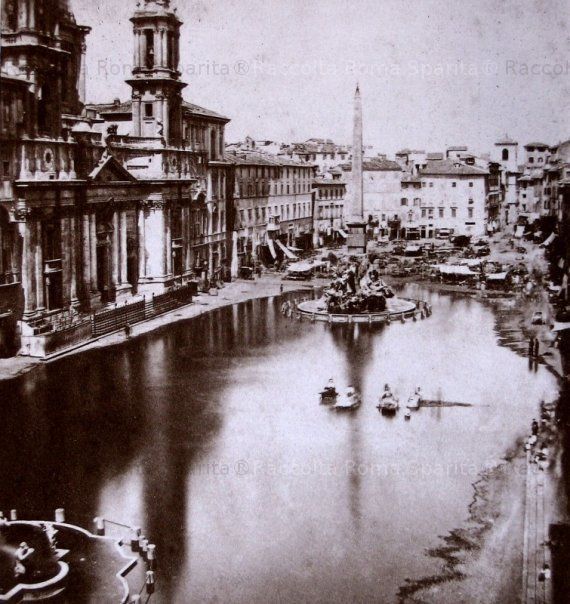
What can you admire in Piazza Navona
Sant’Agnese in Agone
One of the main structures you can see in the square is the church of Sant’Agnese in Agone. It is one of the most magnificent Baroque architecture in Rome, completed by Borromini between 1653 and 1657.
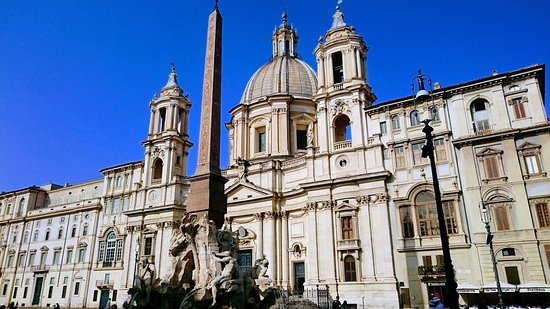
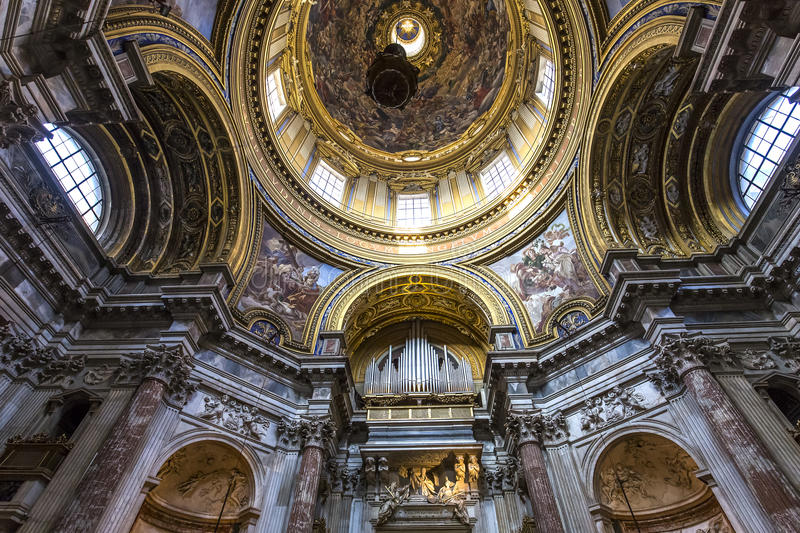
Pamphilj palace (Brazilian embassy)
Next to the church the Pamphilj Palace has been the location of the Brazilian embassy since 1960.

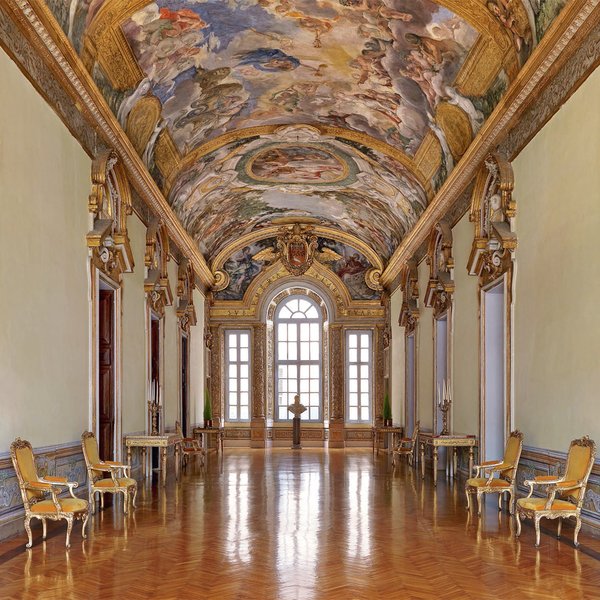
The church of Our Lady of the Sacred Heart
In front of the building stands the church of Our Lady of the Sacred Heart, formerly known as San Giacomo degli Spagnoli, erected on the occasion of the Jubilee of 1450.
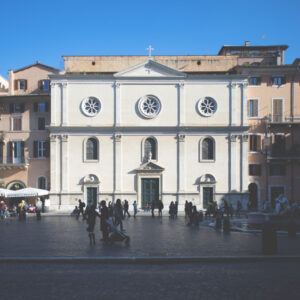
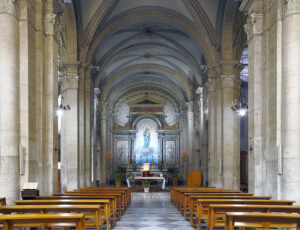
The Magnificent fountains of Piazza Navona
In conclusion, the main characteristics of the square are the magnificent three fountains. On one side of the square there is Fontana del Moro, named after its statue of the Ethiopian fighting with a dolphin. On the opposite side Fontana de ‘Calderari, also known as the Fontana del Nettuno.
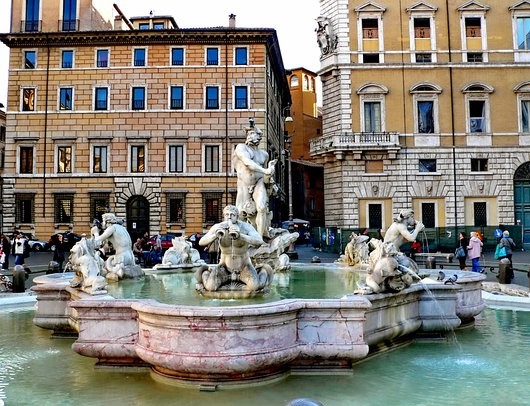
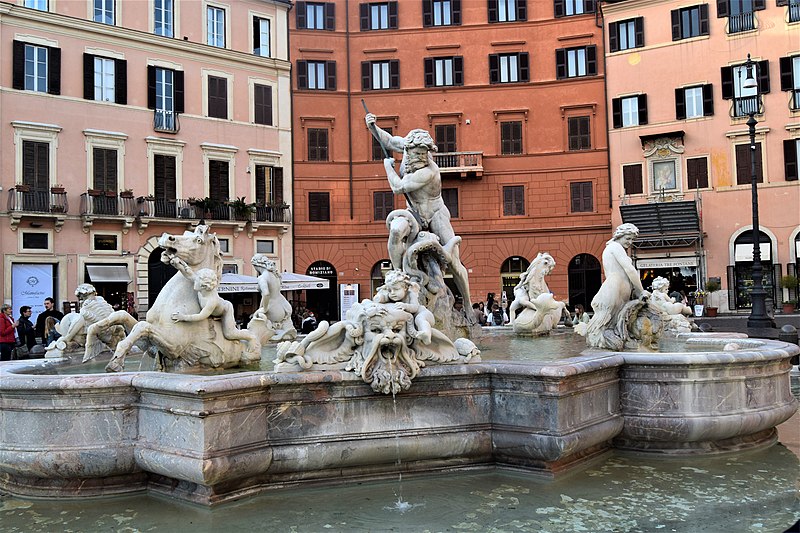
The Fountain of the Four Rivers
Maybe the most important attraction of the square, in the center of the Square, you can admire the Fountain of the Four Rivers, one of the greatest works of Gian Lorenzo Bernini.
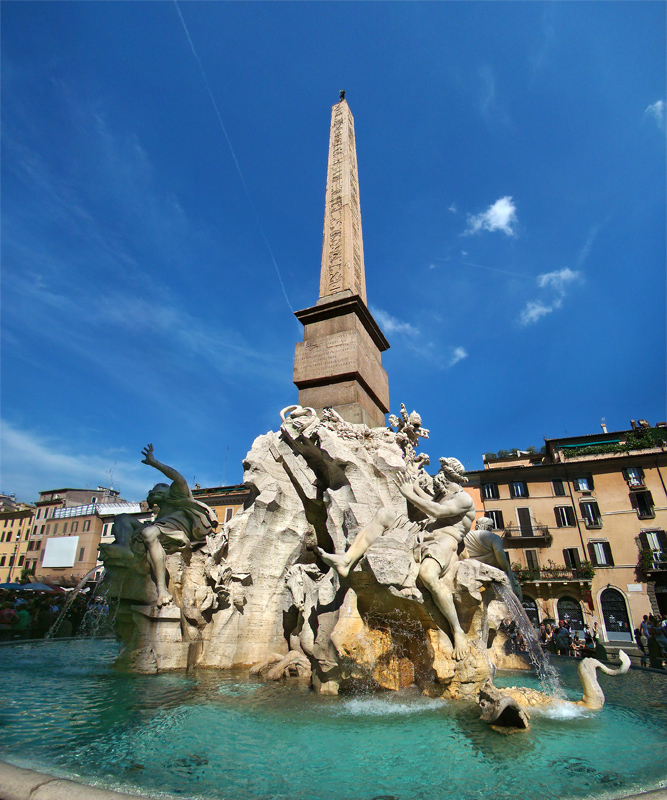
On the corners of this Fountain there are monumental marble statues impersonating the four main rivers of the continents known until then: firstly the Danube for Europe, with the horse; secondly, the Ganges for Asia, with the oar and the dragon; thirdly, the Nile for Africa, with the veiled head with the lion and the palm; finally, the Rio de la Plata for America, with one arm raised and an armadillo next to it.
